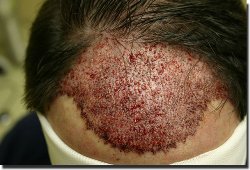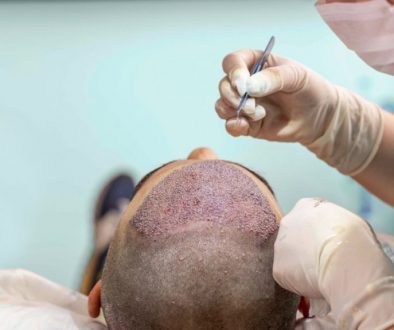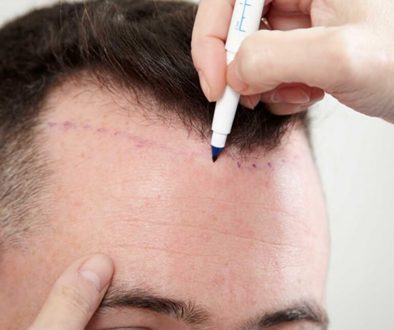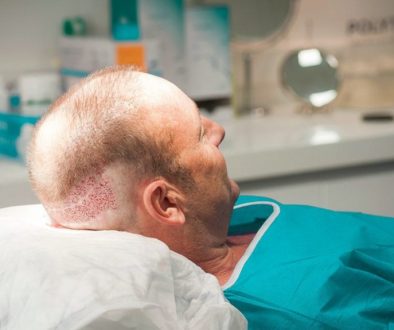Does Hair Transplant Surgery Cure Active Hair Loss?
This question comes from a member of our [tag]hair loss[/tag] social community and discussion forums:
Recently I started investigating [tag]hair transplant surgery[/tag], but I’m now confused: how does removing grafts from the back of the scalp and implanting them in balding scalp regions (the definition of hair transplantation) actually stop progressive, [tag]genetic hair loss[/tag]? Does hair transplant surgery actually stop hair loss?
 Although hair transplant surgery is a proven, excellent technique, it is a reactive, restorative process and, like any other surgical technique, it fixes a problem, but does not reverse an ailing process.
Although hair transplant surgery is a proven, excellent technique, it is a reactive, restorative process and, like any other surgical technique, it fixes a problem, but does not reverse an ailing process.
[tag]Hair transplantation[/tag] simply extracts healthy, “hair loss resistant” follicles and implants them into regions of the scalp affected by [tag]androgenic alopecia[/tag] (genetic hair loss). However, this treatment does nothing to stop the progressive miniaturization of the native follicles.
Because of this, [tag]hair restoration[/tag] physicians normally advise patients to start proven [tag]hair loss medications[/tag], like [tag]Propecia[/tag] ([tag]finasteride[/tag]) or [tag]Rogaine[/tag] ([tag]minoxidil[/tag]), to actually stabilize and potentially reverse some of the [tag]progressive hair loss[/tag] in conjunction with the hair transplant surgery. This combination allows for both a complete restoration and ensures that the progressive hair loss will not render the transplant aesthetically insufficient.
_________
Blake Bloxham – formerly “Future_HT_Doc”
Editorial Assistant and Forum Co-Moderator for the Hair Transplant Network, the Hair Loss Learning Center, the Hair Loss Q&A Blog, and the Hair Restoration Forum
Follow our community on Twitter
Watch hair transplant videos on YouTube



